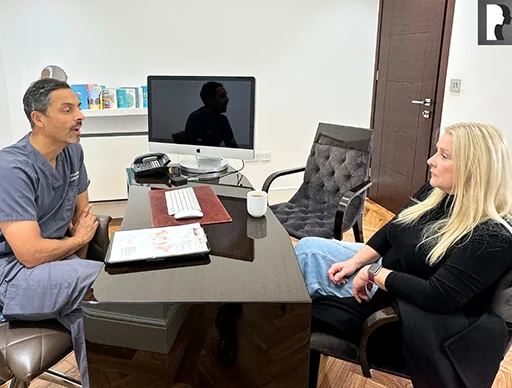
The Ponytail Facelift: A Scarless Way to Look Younger
The ponytail facelift is a minimally invasive procedure that lifts the face while keeping scars hidden. Many people love it because it provides a natural, youthful look without the long recovery time of a traditional facelift. If you're considering this treatment, we're here to help. In this guide, we'll talk about what it involves, who it's best for, and what to expect during recovery. What Is a...



